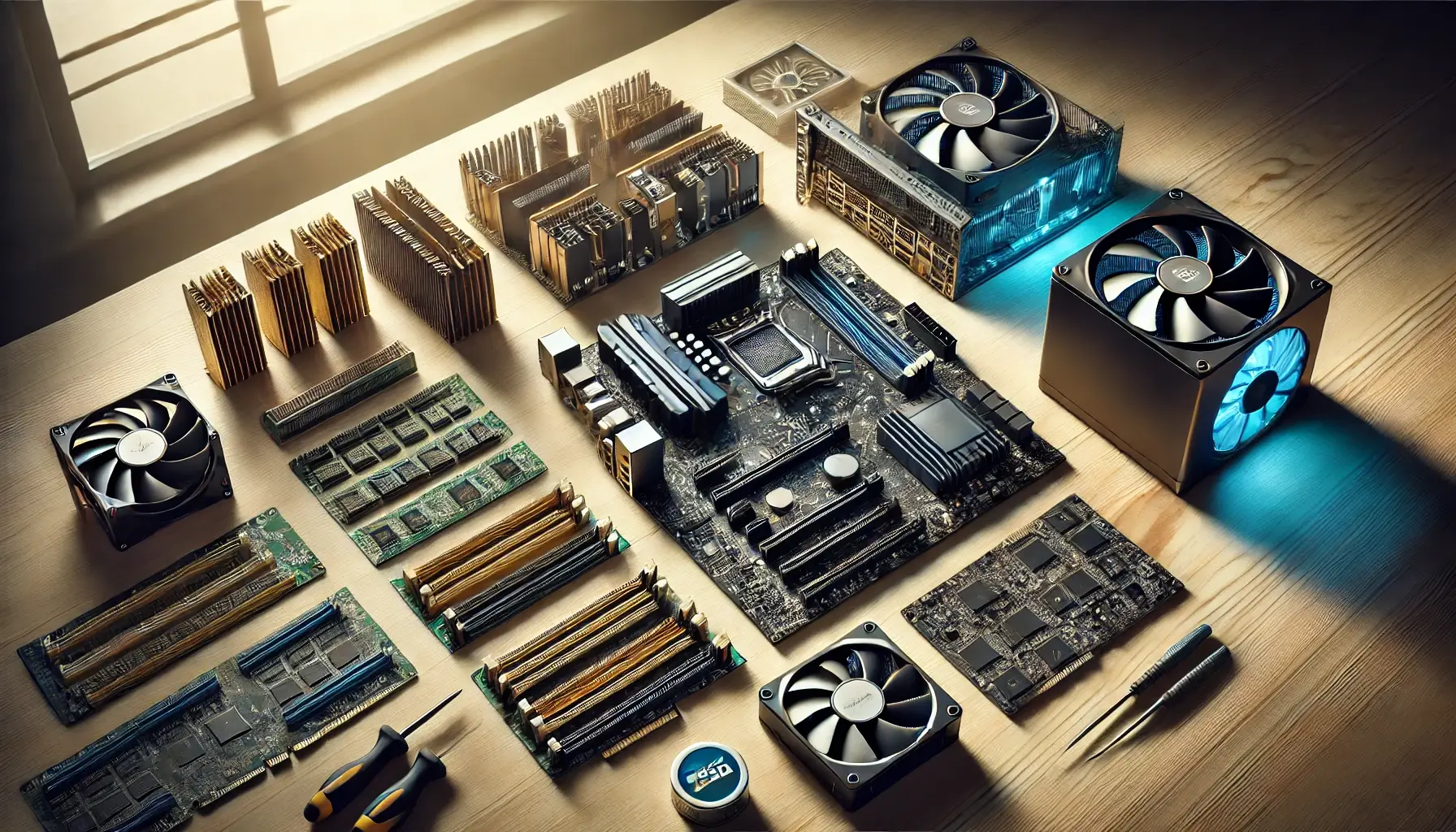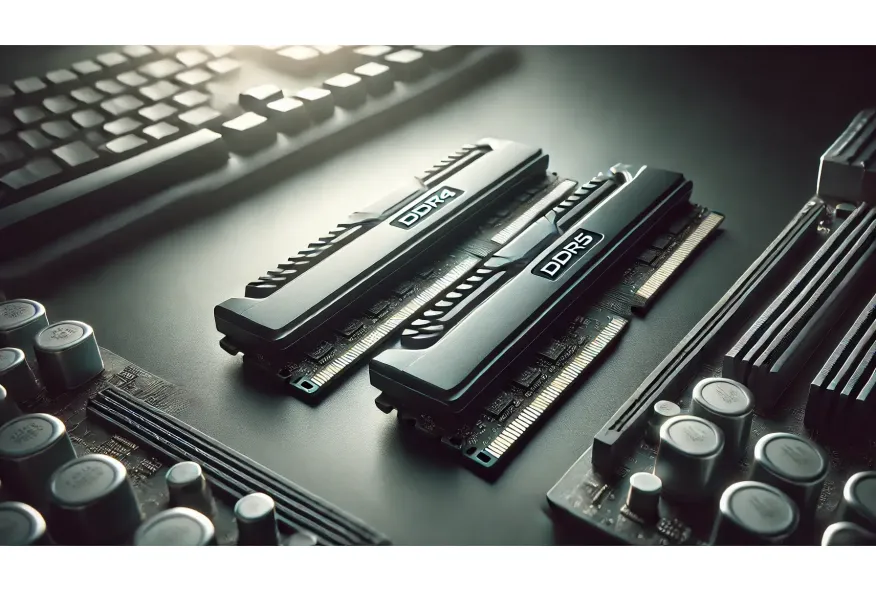Understanding RAM Evolution: From DDR4 to DDR5
When it comes to building or upgrading a computer, choosing the right type of memory (RAM) is essential. Over the years, memory technology has evolved significantly, with DDR4 dominating the market for several years. However, with the arrival of DDR5, users are now faced with a decision: should they stick with DDR4 or embrace the new generation? In this article, we’ll break down the key differences between DDR4 and DDR5 to help you make the best choice for your next PC build.
What is DDR RAM?
Before comparing DDR4 and DDR5, it’s important to understand what DDR RAM is. DDR stands for Double Data Rate, a type of synchronous dynamic random-access memory (SDRAM). Each new generation of DDR improves speed, bandwidth, efficiency, and overall performance compared to its predecessor.
Key Differences Between DDR4 and DDR5
1. Memory Speed and Bandwidth
One of the most noticeable upgrades in DDR5 is its higher data transfer rate. DDR4 typically operates between 2133 MHz and 3200 MHz, while DDR5 starts at 4800 MHz and can exceed 8400 MHz in overclocked modules.
This faster speed means DDR5 offers much higher bandwidth, enabling better performance in data-intensive tasks like gaming, video editing, and 3D rendering.
| Specification | DDR4 | DDR5 |
|---|---|---|
| Base Speed | 2133 MHz - 3200 MHz | 4800 MHz+ |
| Bandwidth | Up to 25.6 GB/s | 38.4 GB/s and beyond |
2. Capacity per Module
DDR5 also brings an increase in per-module capacity. While DDR4 supports up to 32GB per stick, DDR5 modules can handle up to 128GB per stick. This is a game-changer for workstations and high-performance systems that need vast amounts of memory for heavy applications.
3. Power Efficiency
DDR5 operates at a lower voltage than DDR4, making it more power-efficient. DDR4 uses 1.2V, while DDR5 reduces that to 1.1V. This small difference translates to better power savings, which is particularly important for laptops and servers.
Additionally, DDR5 integrates its power management directly onto the memory module (PMIC - Power Management Integrated Circuit), whereas DDR4 relies on the motherboard for power management. This allows DDR5 to manage power delivery more efficiently.
4. Latency and Timings
Although DDR5 is faster overall, it typically has higher latency (measured in CAS Latency or CL) compared to DDR4. This can make DDR4 feel slightly more responsive in some cases, especially at lower speeds. However, as DDR5 matures, manufacturers are optimizing timings to close this gap.
5. Error Correction (ECC)
Another noteworthy improvement is on-die error correction built into DDR5. Even non-ECC DDR5 modules feature basic error correction, which improves reliability and reduces the risk of memory-related crashes, something previously limited to ECC memory used in servers.
Compatibility: Can DDR5 Work on DDR4 Motherboards?
The short answer is no. DDR5 and DDR4 are not compatible with the same motherboard. Each uses a different physical design (different pin count and notch placement), so you cannot install DDR5 in a DDR4 slot or vice versa. If you want to upgrade to DDR5, you will need a compatible motherboard and CPU.

Performance in Real-World Use
For gaming, DDR5 can provide modest frame rate improvements, especially in CPU-bound titles and high refresh rate scenarios. However, the biggest benefits of DDR5 come in productivity tasks such as video editing, 3D modeling, and data analysis, where the extra bandwidth is fully utilized.
Price and Availability
Currently, DDR5 is more expensive than DDR4, though prices have started to drop as production scales up. If you are building a budget PC, DDR4 remains a solid choice. On the other hand, if you are aiming for future-proofing, investing in DDR5 could be worth the extra cost.
Should You Choose DDR4 or DDR5?
| Use Case | Recommended Memory |
|---|---|
| Budget Build | DDR4 |
| High-End Gaming | DDR5 |
| Professional Workstation | DDR5 |
| Basic Office PC | DDR4 |
In short, if you want the latest technology and plan to keep your system for several years, DDR5 is the way forward. If you are building a cost-effective system, DDR4 still delivers excellent performance at a lower price.
Final Thoughts: Choosing the Right RAM for Your Build
The transition from DDR4 to DDR5 represents a significant leap in memory technology. With faster speeds, higher capacities, improved power efficiency, and enhanced error correction, DDR5 is undoubtedly the future. However, DDR4 remains a great option for those looking to save money without sacrificing too much performance.
Ultimately, the right choice depends on your budget, use case, and hardware compatibility. Whether you go with DDR4 or DDR5, understanding these key differences ensures you make the best decision for your build.







